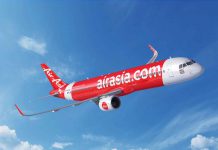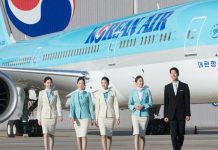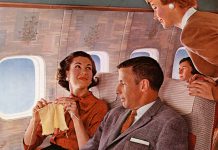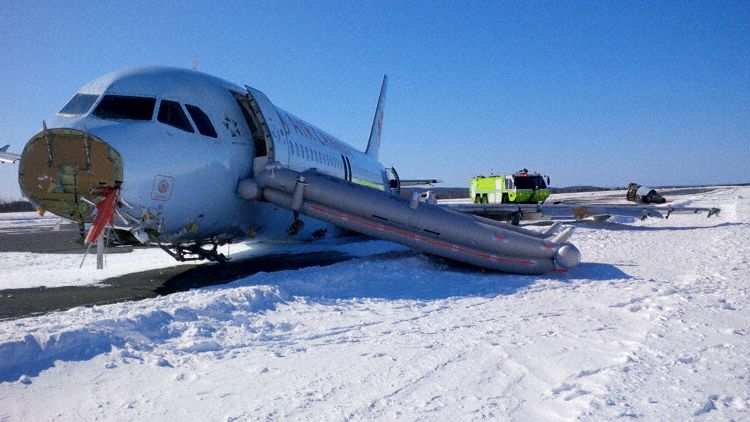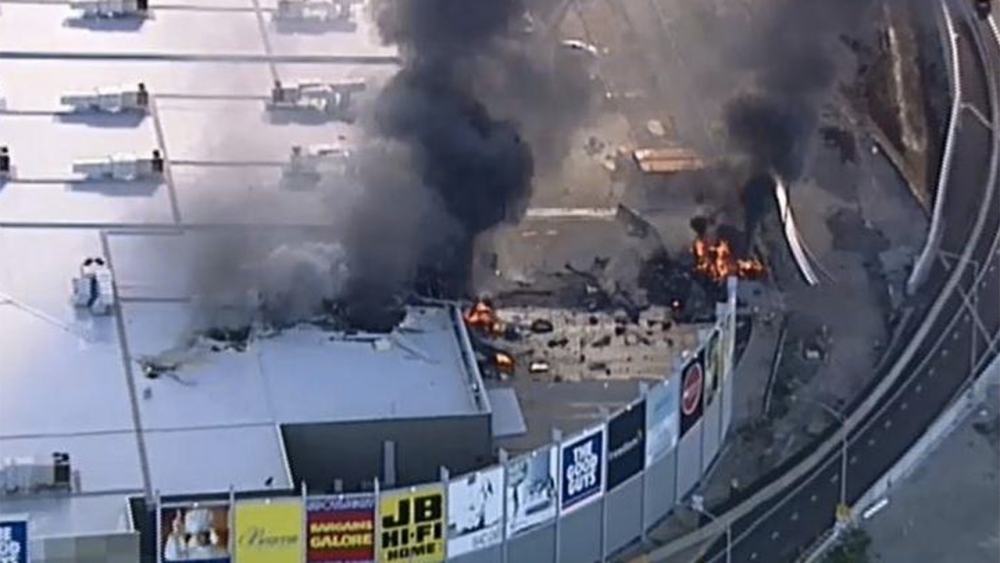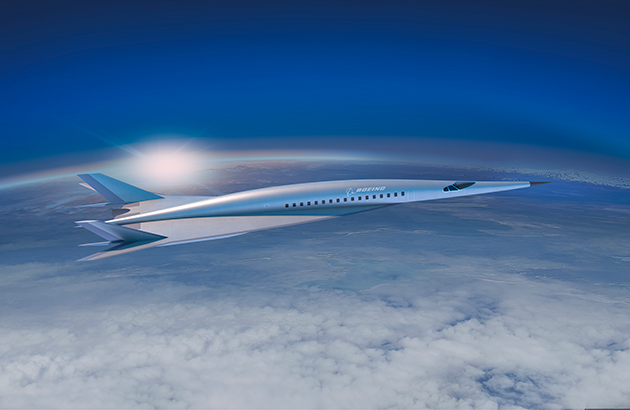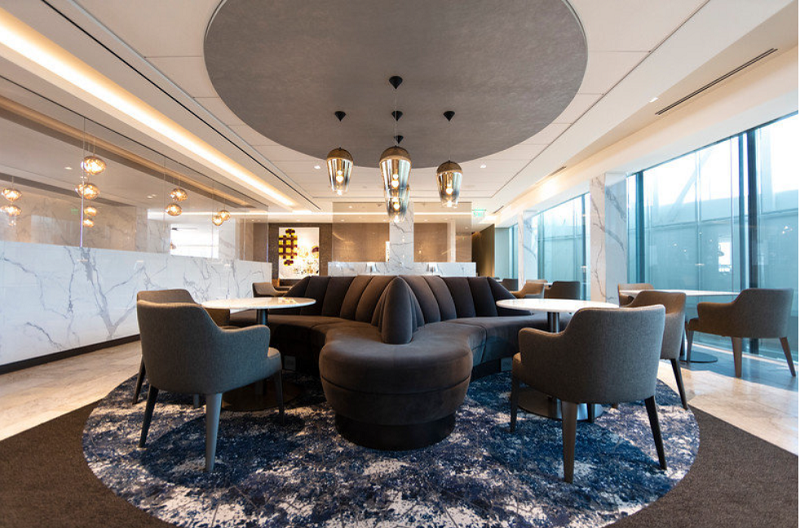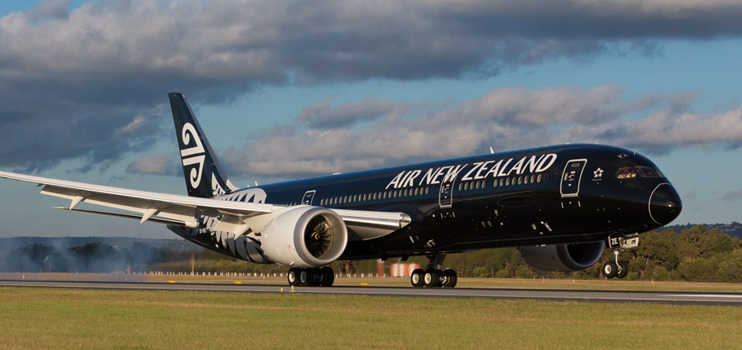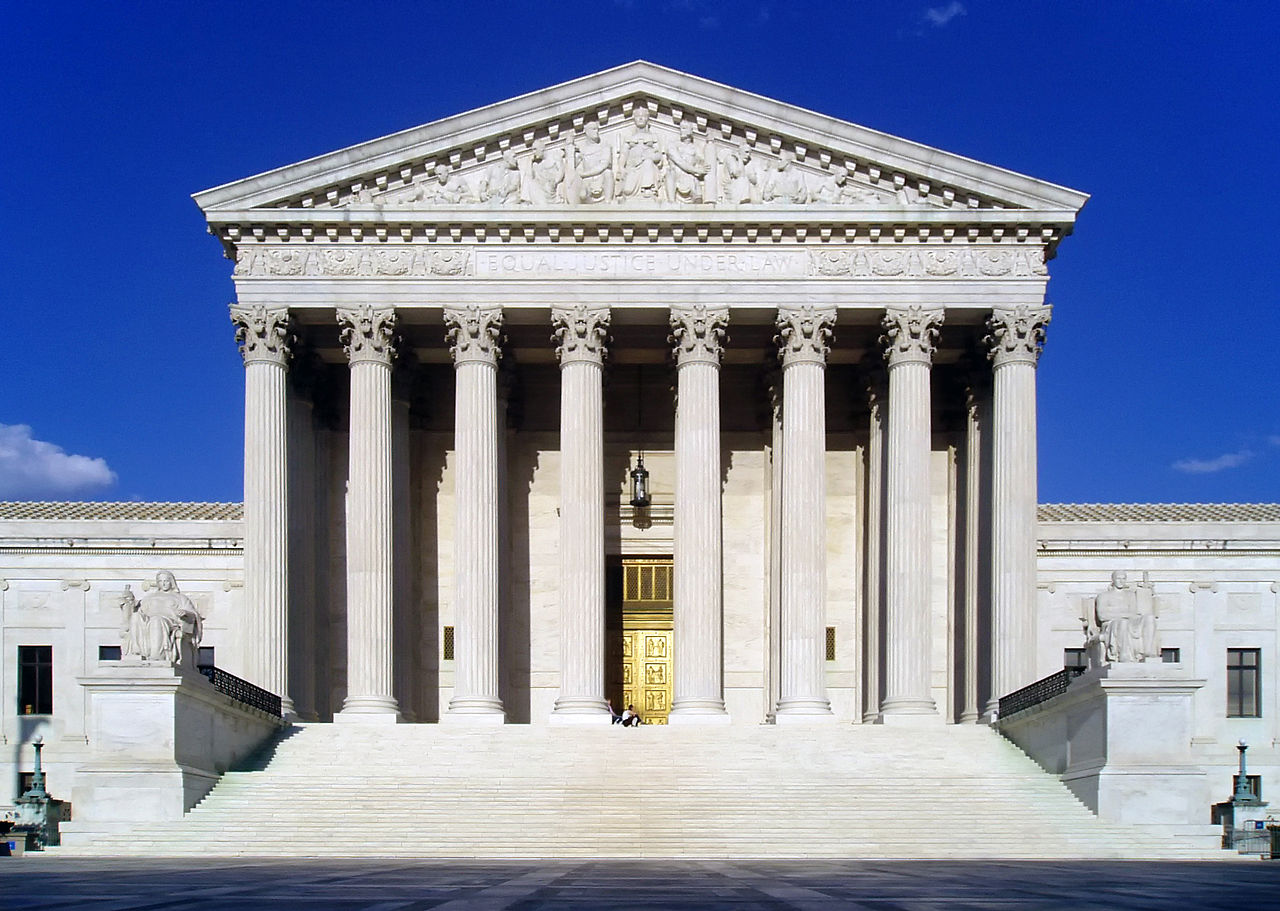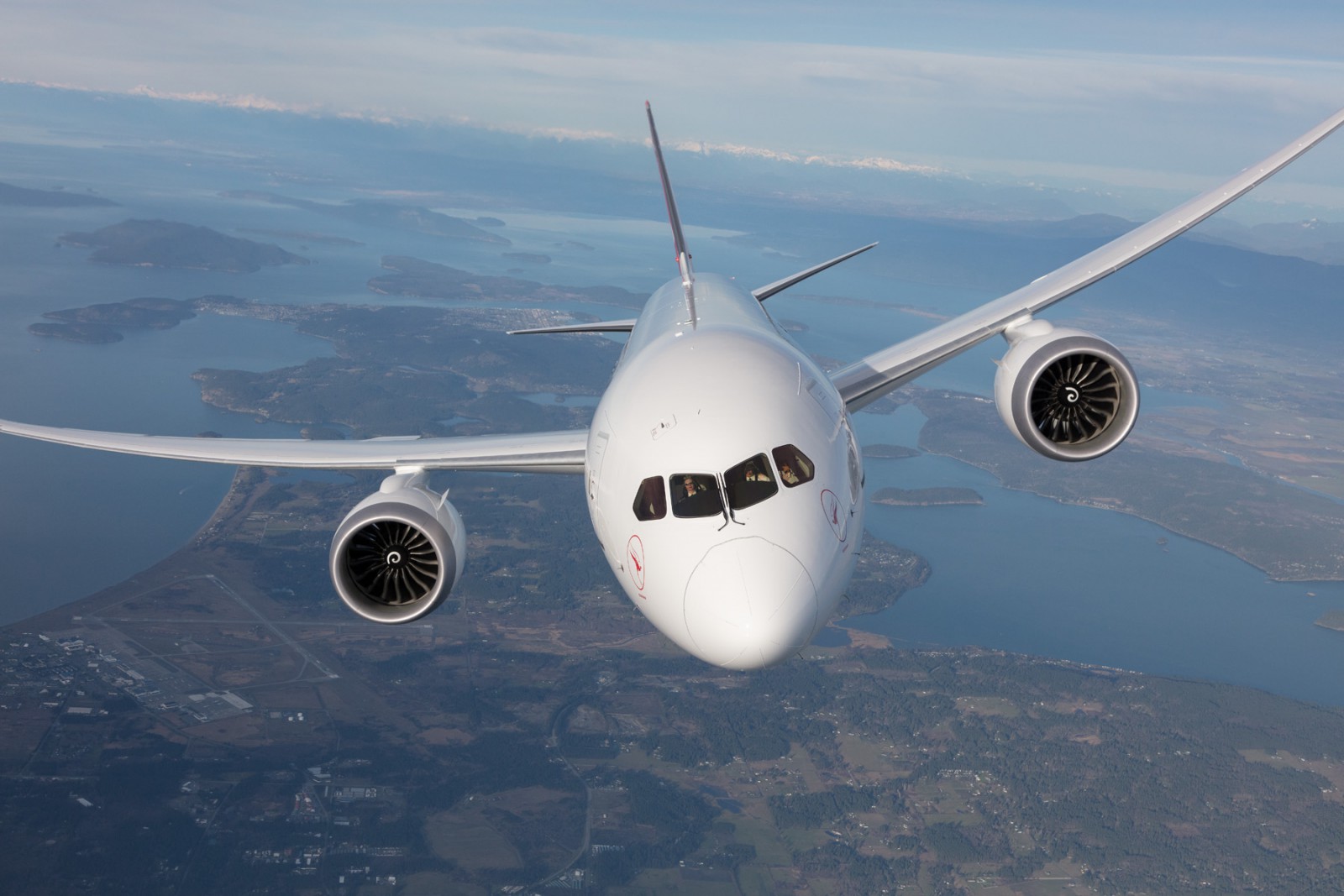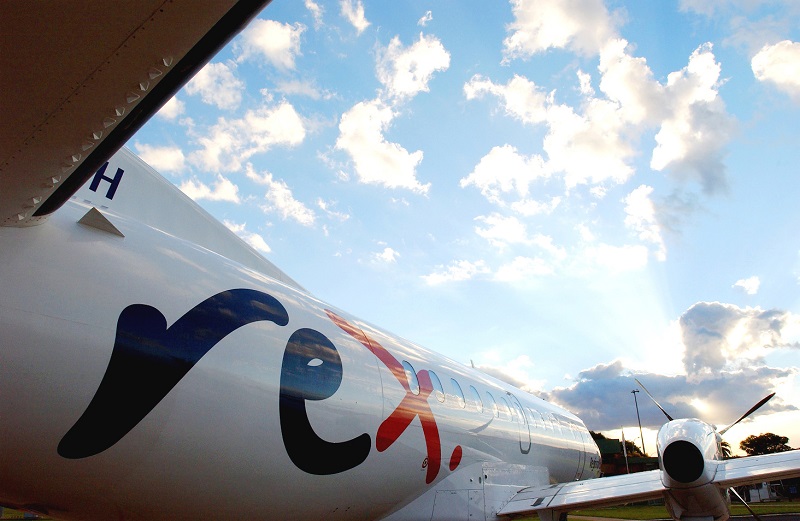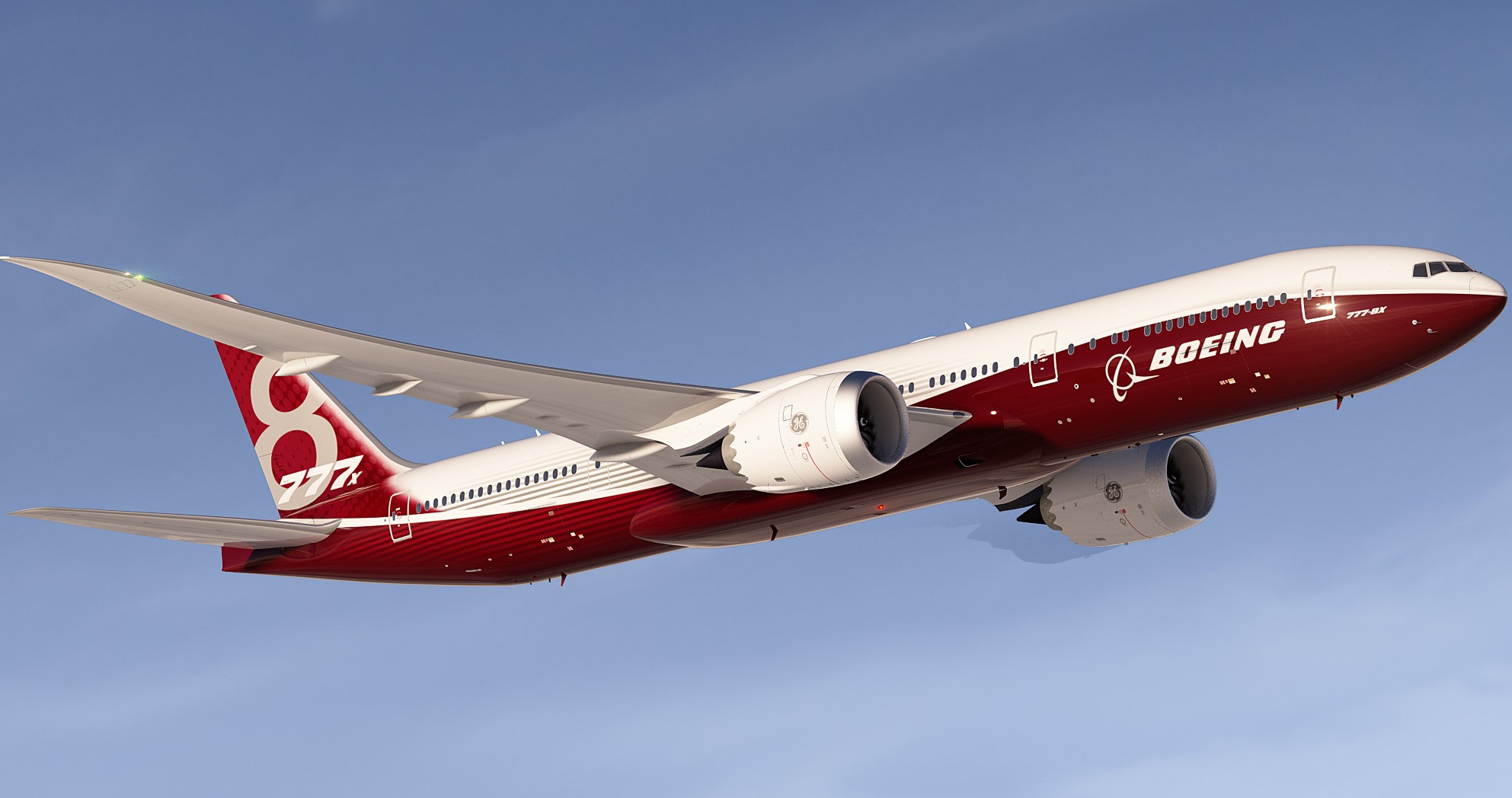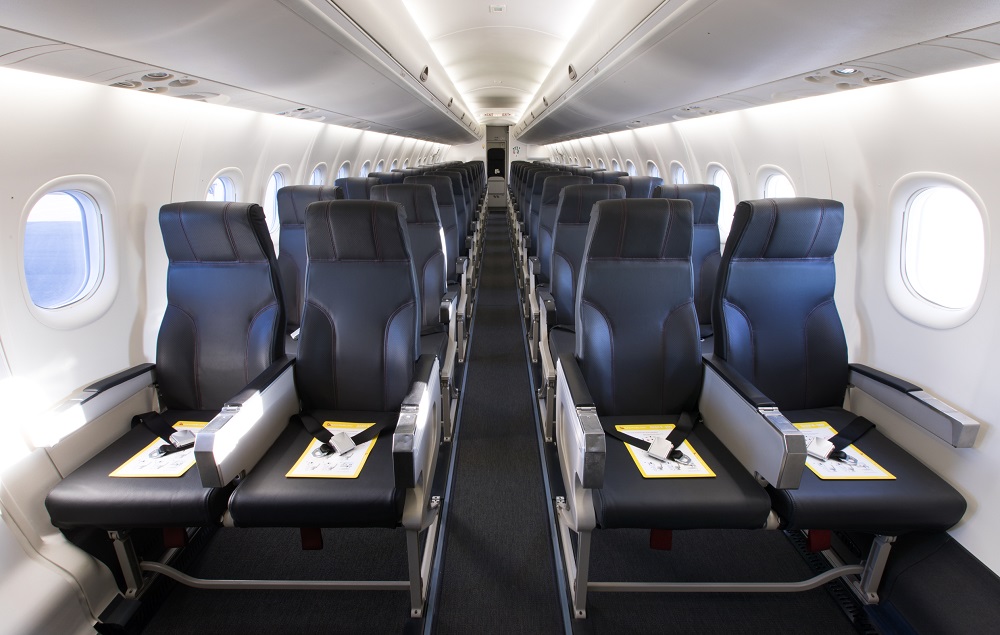Brace! Brace! Brace!
It’s a command you don’t want to hear and one you probably never will.
But having to brace for impact means knowing how to do it and, just as importantly, what not to do.
Australia’s Civil Aviation Safety Authority has just issued a new cabin safety bulletin that includes the latest guidelines.
“The brace position is the most effective protective position for passengers and crew to adopt to mitigate the potential for injury during an aircraft impact,’’ CASA said in a recent newsletter.
“As seat technology has evolved so have effective brace positions and previously recommended positions may need to be adjusted.”
Aviation authorities test brace positions using human-like dummies and the Un-backed International Civil Aviation Organisation works with experts to look at brace positions from an engineering and medical perspective.
However, there is no universal brace position.
This is due partly to the big variation in passenger characteristics and abilities and partly to differences in cabin class, the direction of travel and seat pitch.
Some seats now also come with over-the-shoulder belts or airbags.
Watch: spectacular cross-wind landings
The general aim of all brace positions, however, is to reduce flailing by having forward facing passengers, flex bend or lean forward over his or her legs in some manner.
They also aim to reduce secondary impact injuries by pre-positioning the body, mainly the head, against a surface it would otherwise hit during secondary impact.
Passengers and crew, depending on where the passenger is sitting and in what type of seat, may have different brace positions.
But if you’re a forward-facing passenger in a typical economy seat, you should sit as far back as possible, fasten your untwisted seatbelt tightly across your hips, tuck your chin into your chest and bend forward.
You should place your hands on top of your head, at your sides of your lower legs or hold your lower legs. Feet should be flat on the floor.

But some brace positions that may seem obvious should be avoided. Placing your head against the seat in front while looking forward, for example, could cause injury to the kneck and larynx.
And don’t rest your head on crossed arms because this could risk fracturing forearms, hands of fingers.

CASA warns that other positions to avoid include remaining upright without prepositioning your body, predominantly your head, against the surface it would strike during secondary impact and stretching out your arms or legs and pressing them against the surface in front of them.
Other bad ideas that can increase the risk of injury include trying to restrain a child or another person in an adjacent seat or even assisting someone else to maintain a brace position.

Small children who weigh less than 60lbs (26kg) and who are shorter than 49 inches (125cms) should have an approved child restraint system in a seat of their own because this gives them an equivalent level of safety to adults. They should be braced according to the restraint manufacturer’s instructions.
Other children should use the same braces positions as adults adjusted to their height.
“Adults holding infants should provide as uniform support as possible to the infant’s head, neck, and body, to minimize the possibility of injury due to flailing,’’ the bulletin says.
Disabled people may need to use an approved restraint system, depending on their needs, but companions should adopt the appropriate brace position and refrain from helping them during impact.
And if you’re unsure about the correct brace position for the particular seat you’re in, ask cabin crew or check the aircraft safety card.



